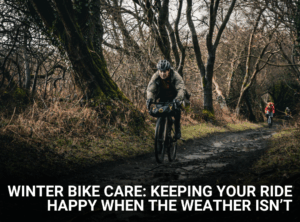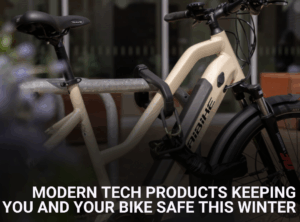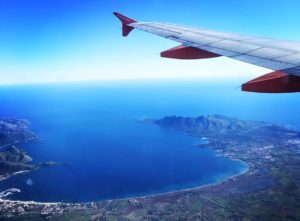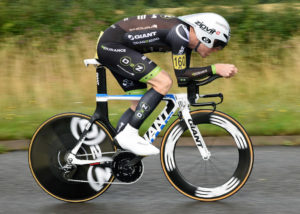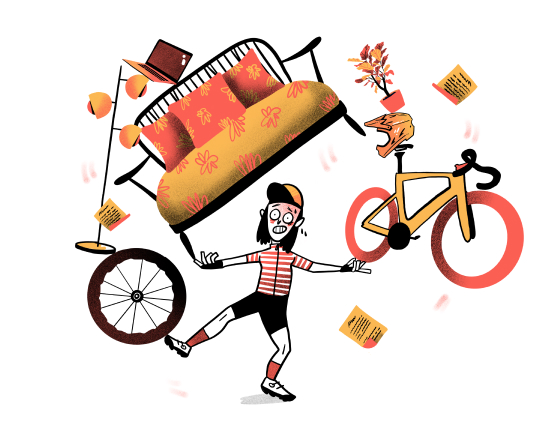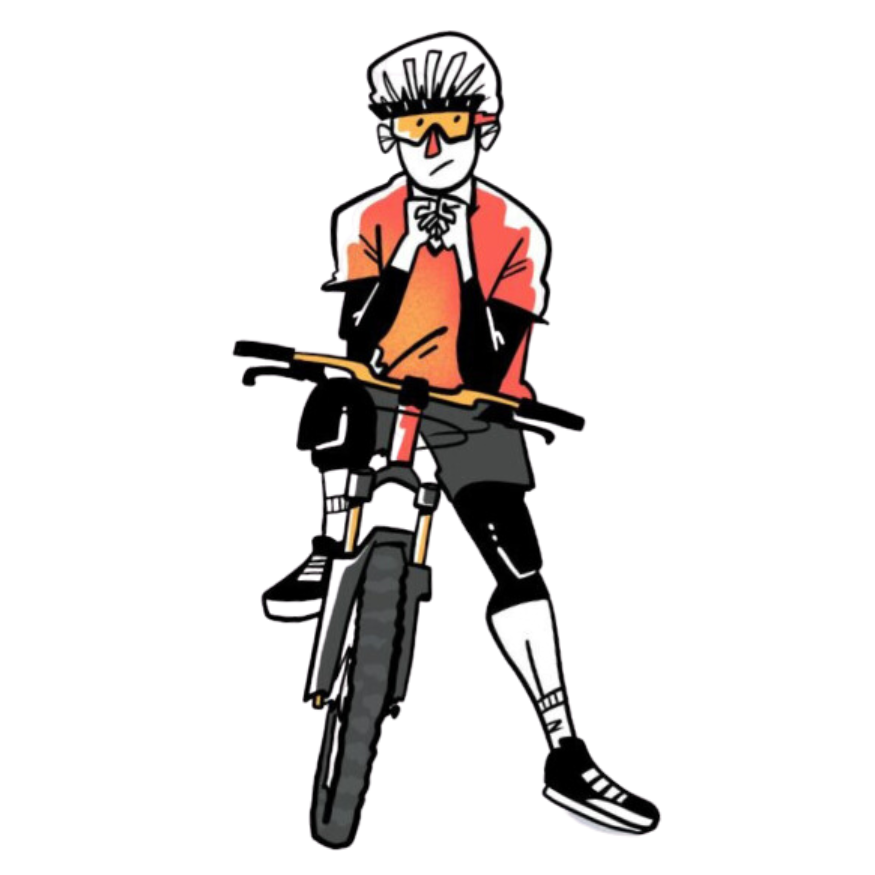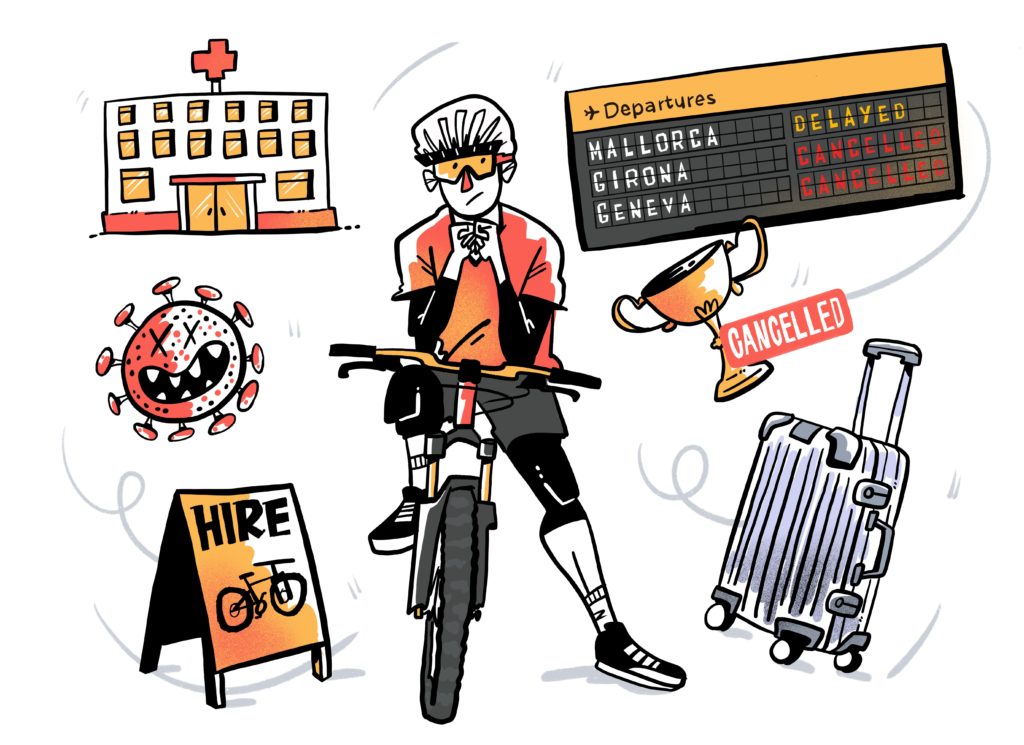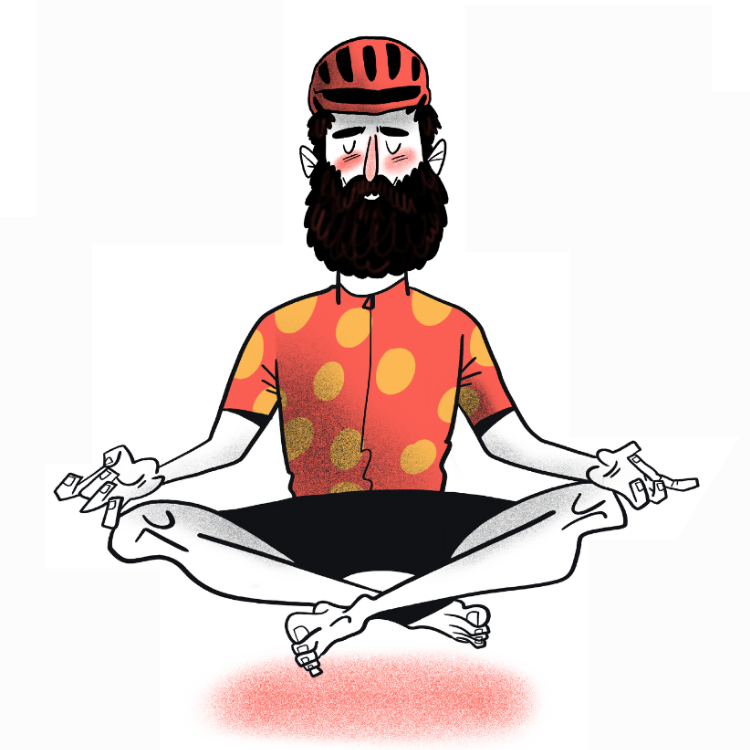Europe has experienced something of a heatwave in recent weeks and if current atmospheric trends and climate models are anything to go by this is a phenomenon we will all have to start getting used to cycling in the heat. That said, ‘getting used to’ it doesn’t have to mean we stop riding our bikes. Just that we may need to adapt some of our riding practices around the heat, behaviour moderation rather than cancellation. Many of these tips have been spotted in the recent Tour de France – whether that’s Chris Froome eating a slushy or Tom Pidcock jumping in a swimming pool, riders across Europe are looking for ways to keep cool.
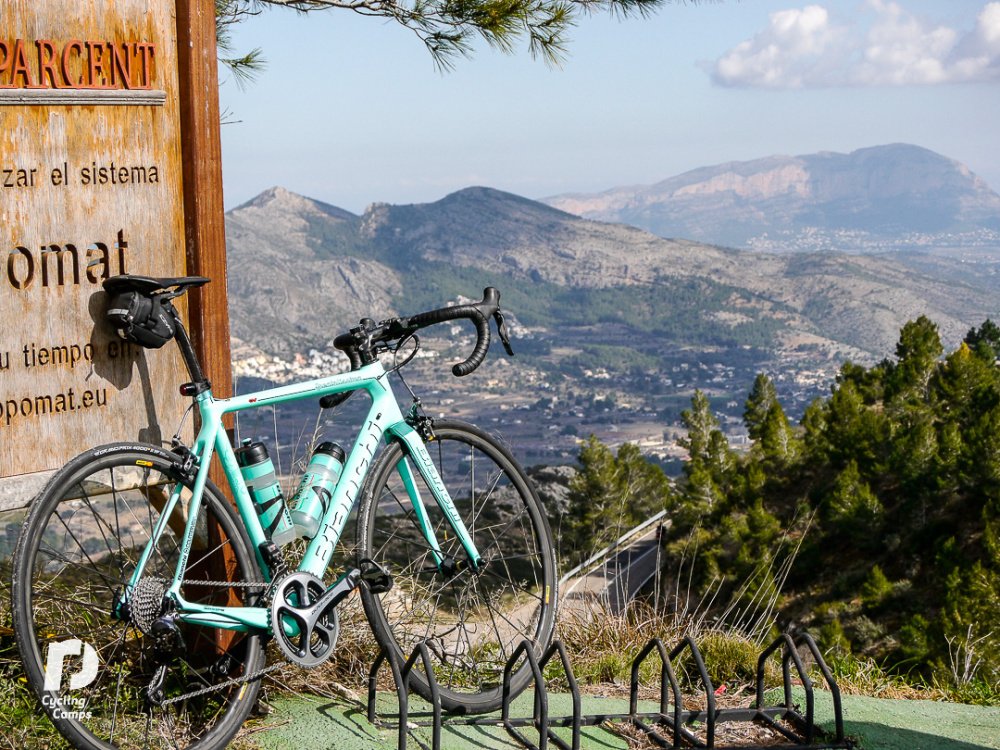
Avoid the heat
This is the obvious tip for riding in the heat – don’t. If you can avoid it, you probably should. Riding in the heat does place a large amount of stress on our bodies and while this stress can provide a good training effect, it can also do damage. Riding early in the morning or later in the evening can help us avoid the worst impacts of the heat on our riding, though this is easier said than done with the sticky, sleepless nights that come with a heatwave. Another tip is to ride in the rain. With these high pressures comes rainy portions of the day – seek out this rain to cool down mid ride. Showers never last for long and are the perfect coolant mid ride!
Ice Ice Baby
Ice is our friend. Cooling vests, as seen in the Tour de France recently, can be bought online for around £50. You simply pop them in the freezer until you need it and whack it on to cool down – usually before or after a ride. If you like to compete in time trials, this might be worth investing in for your warm up as somewhat counter intuitively, riders are often seen wearing these vests while warming up before a stage or time trial. The aim is to get blood flowing to the required muscles while keeping your core temperature in a sensible range. Away from fancy ice vests, you can just shove ice cubes stuffed in stockings or mesh down your jersey, shorts and in your socks to cool you down. Finally, have a slushy or iced drink at the cafe stop! This is another thing we see many pros doing. Mark Soler was even spotted downing a Calippo, though I was disappointed he didn’t go for a ‘Soler-o’ (sorry). In any sense, you never have to tell me twice to stop for an ice cream…
Intensity matters
Obviously if you’re racing, you have to go as hard as you have to go but if you’re just out training, leave the intervals for another day. The heat places stress on our body, we have to divert energy that we would use for generating power away from our legs to regulating our body temperature. This means that the amount of power we can produce for a given stress is significantly reduced. Similarly to altitude training, this greater stress placed on our body can also lead to greater training adaptations. Training in the heat can lead to significant increases in blood plasma volumes, however due to the increased stress this must be done with care so as to avoid symptoms of overtraining.
Drink, but don’t drown yourself
It is possible that you’ll have experienced an increase in your sweat rate these last few weeks. Sweating is a normal response to heat. We sweat as a means of controlling our body temperature. As we sweat, our skin becomes wet as sweat is mostly water. This water evaporates and this process is what cools our skin. The issue is that our sweat also contains some electrolytes, one of these is sodium. Electrolytes help our body maintain chemical reactions and are important for pretty much all bodily functions on the cellular level – if we sweat and replace none of these electrolytes we will run into trouble pretty quickly. We have to replace the fluid and electrolytes that we lose – perhaps via a hydration tablet.
If you drink too much water and not enough electrolytes, it’s possible to develop a condition known as hyponatremia. This is something that’s commonly seen at the Ironman World Championships every year in Kona – as it’s very hot there! Hyponatremia occurs when the concentration of sodium in your blood is abnormally low which can come as a result of drinking too much water when sweating a lot. In severe instances, it can even lead to death though mild cases usually present as headaches. It’s something to be mindful of when training in the heat, however.
Suncream
Fancy his kit may be, but spare a thought for Chris Froome. That's some serious sunburn: pic.twitter.com/r7EoRQlF5M
— Ben Coles (@bencoles_) January 24, 2014
Usually, when it’s hot, the sun is out and the UV index is high. If you’ve ever been sunburnt you’ll probably know that the skin feels hot to the touch. This doesn’t do us any favours in the cooling down department. Being sunburnt makes us hot – meaning we are more likely to get heat exhaustion, use more energy and lose more electrolytes in sweat than we can replace. On top of that, it’s known that sunburn can lead to skin cancer so is best avoided anyway. Put on plenty of suncream with a high UV rating before each ride and it’ll help you build up a nice cycling tan without damaging your skin.
It’s hot out there at the moment but that doesn’t mean you have to stop riding your bike! Just follow these simple tips to help keep you cool while you ride. Enjoy the warm weather while it’s around but look after yourself by riding in the coolest part of the day, utilising ice, capping your intensity, drinking plenty and wearing suncream!

